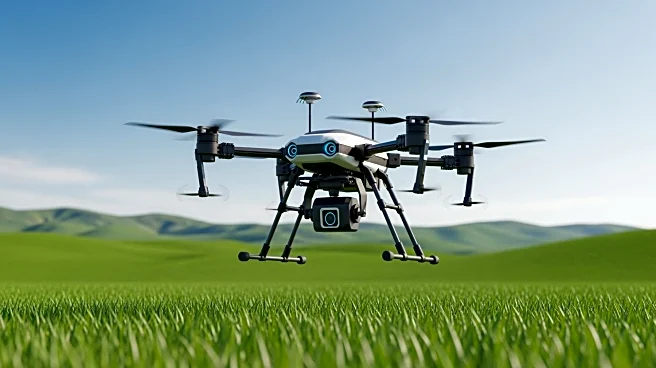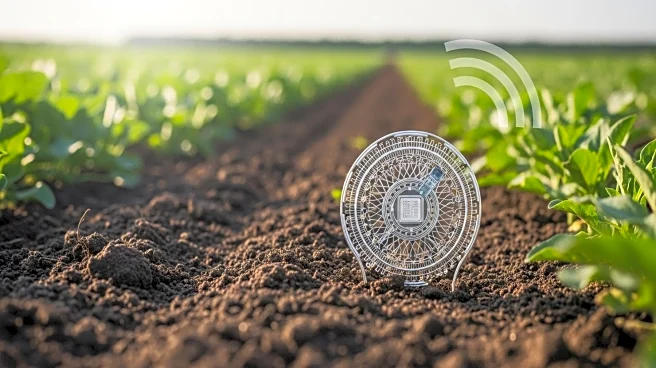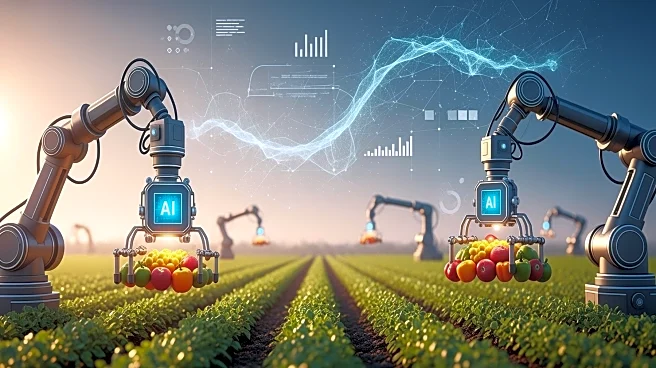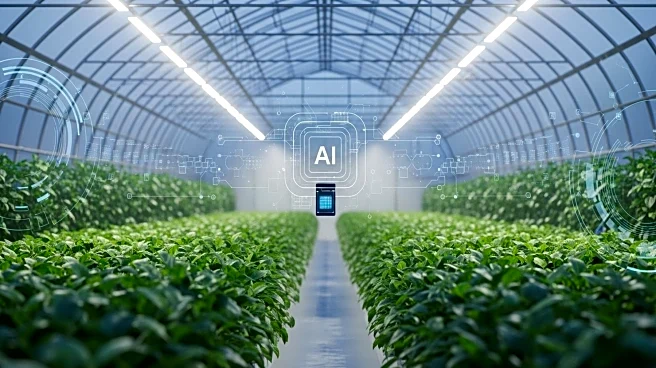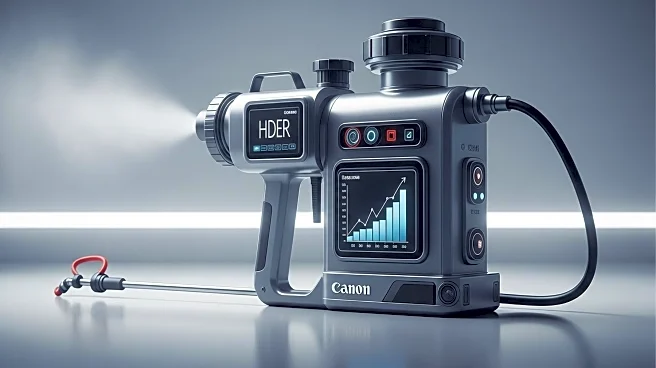What's Happening?
The global agriculture drones market is anticipated to grow significantly, reaching USD 34.03 billion by 2033, according to a report by Straits Research. This growth is driven by a compound annual growth rate (CAGR) of 24.35% from 2025 to 2033. The increasing
demand for precision agriculture, coupled with technological advancements and sustainable farming practices, is propelling the market forward. Agriculture drones, equipped with advanced sensors, cameras, and GPS technology, are revolutionizing farming by providing high-resolution aerial imagery and real-time field data. These capabilities enable farmers to monitor crop health, assess soil conditions, and manage resources efficiently, optimizing resource utilization and improving crop yield while reducing labor costs. North America currently leads the market, accounting for over 34% of the global share, due to early adoption of advanced technologies and strong investments in agricultural innovation.
Why It's Important?
The expansion of the agriculture drones market is crucial for addressing global food security challenges. With the global population expected to reach 9.7 billion by 2050, the Food and Agriculture Organization (FAO) estimates that food production must increase by 70%. Drones play a vital role in meeting this demand by providing accurate insights into crop conditions, irrigation needs, and resource management. The integration of AI-powered analytics and IoT connectivity in drones enhances their capabilities, making them indispensable tools for efficient crop monitoring and sustainable farming practices. This technological advancement is essential for improving food production and reducing waste, thereby contributing to global food security.
What's Next?
The agriculture drones market is poised for further growth, particularly in the Asia-Pacific region, which is expected to record the fastest growth during the forecast period. Governments in countries like China, India, and Japan are offering subsidies and support programs to encourage farmers to adopt agricultural drones. For instance, India's NABARD drone subsidy scheme aims to promote drone usage for pesticide spraying, field mapping, and yield optimization. As technological innovations continue, the integration of AI and big data platforms will further transform farming operations, enhancing precision agriculture and sustainability.
Beyond the Headlines
The adoption of agriculture drones also presents challenges, such as high initial costs and the need for skilled operators. Advanced drones equipped with sophisticated sensors are often expensive, limiting accessibility for small and medium-sized farmers. Additionally, pilot training and certification requirements add to the operational burden, particularly in developing regions with limited technological infrastructure. Addressing these challenges is crucial for maximizing the benefits of drone technology in agriculture.
